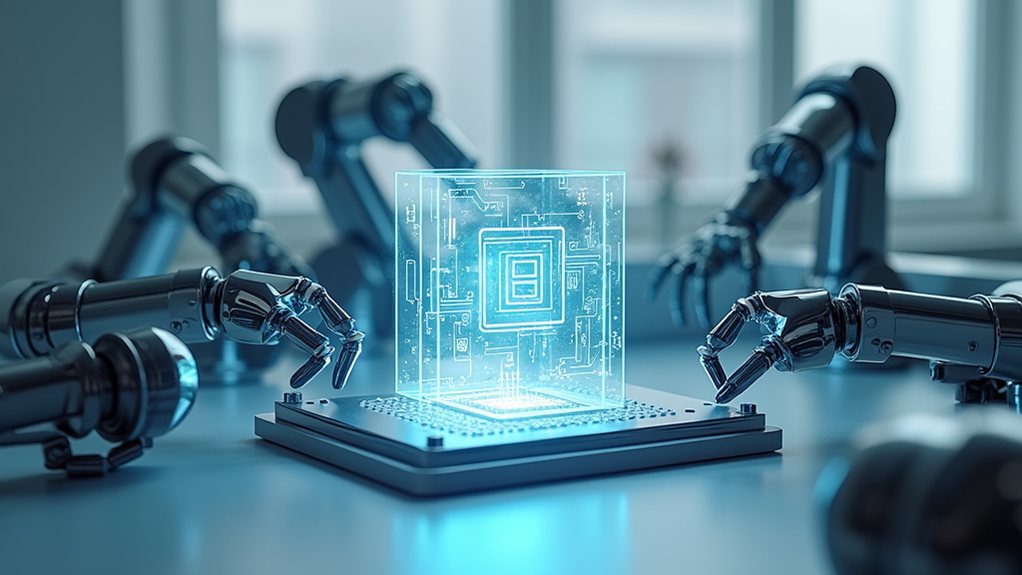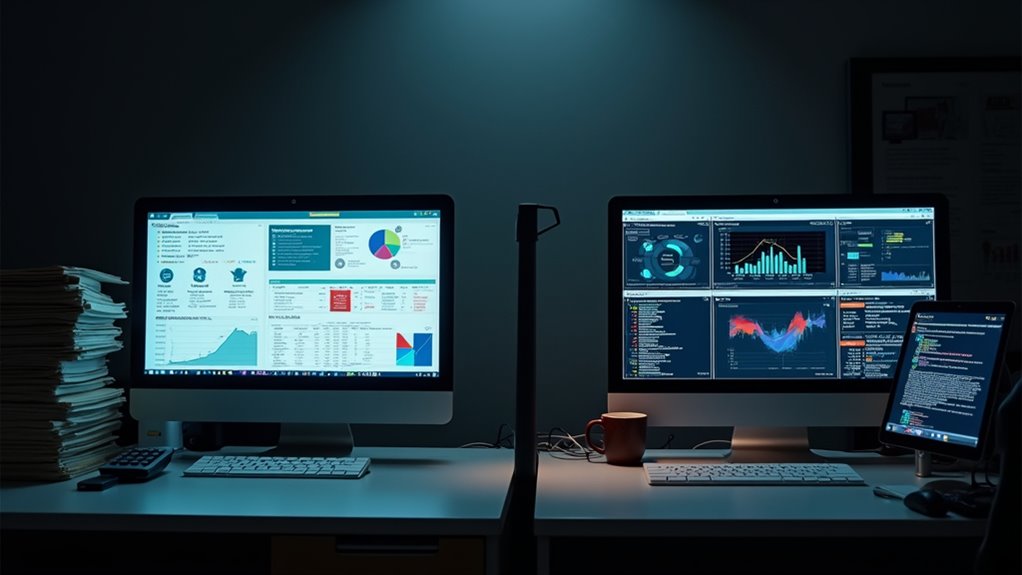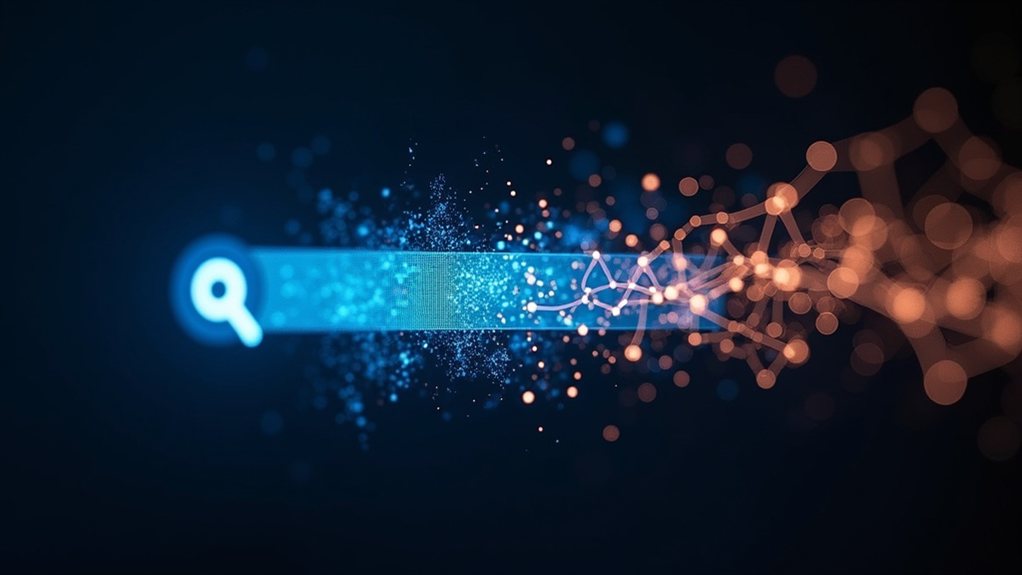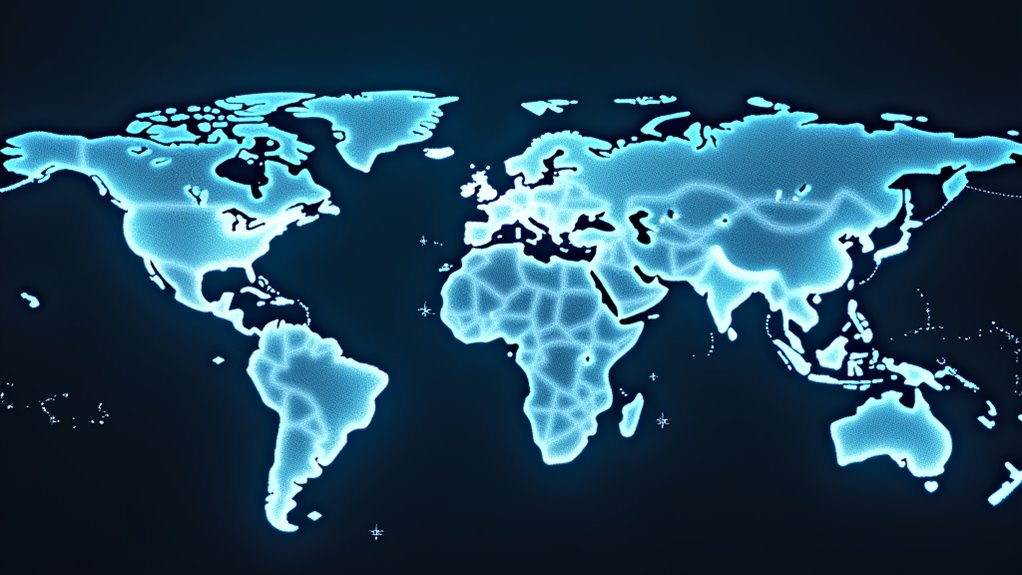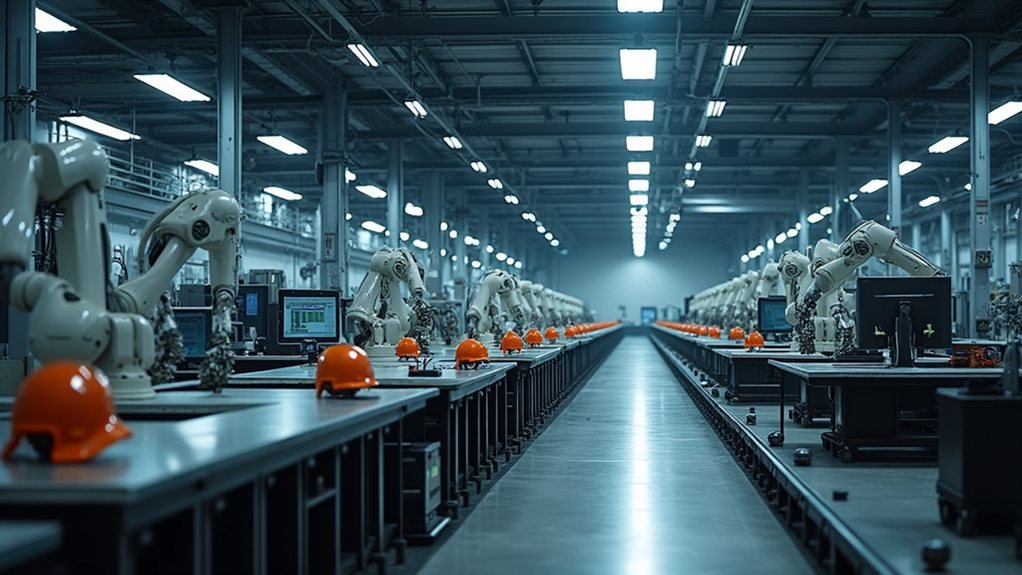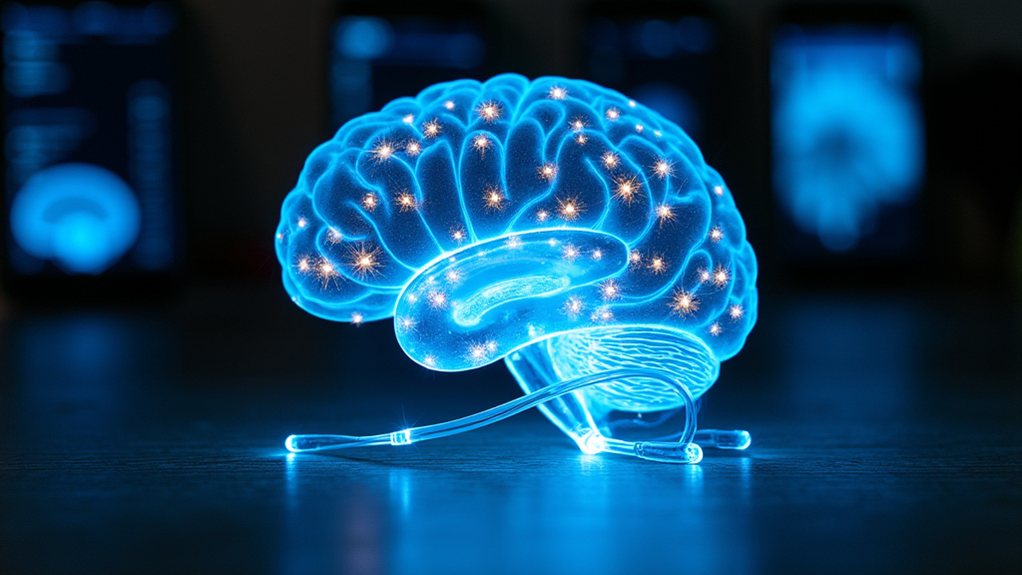GPT-5 is set to drop in August 2025, and this isn’t just another chatbot upgrade—it’s a complete AI system overhaul. OpenAI is ditching the single-model approach for multiple specialized models working together, promising enhanced reasoning, massive context improvements, and real-time internet browsing. Industries from finance to healthcare are already bracing for workflow automation that could reshape entire sectors. The hallucination problems plaguing GPT-4? They’re supposedly getting the boot too. Stick around to discover what this transformation really means for your daily work life.
While tech enthusiasts are still getting comfortable with GPT-4’s capabilities, OpenAI is already preparing to drop its next bombshell: GPT-5, officially slated for an August 2025 release.
This isn’t just another incremental update, folks. GPT-5 represents a fundamental shift from a single model to what OpenAI calls an “AI system” – think less smartphone upgrade, more iPhone-to-smartphone revolution. The new architecture will incorporate multiple specialized models working together, kind of like having a Swiss Army knife where each tool is actually a master craftsman. Companies implementing this technology could boost profits significantly as AI becomes increasingly essential to business operations.
GPT-5 isn’t just an upgrade – it’s a complete paradigm shift from single model to specialized AI ecosystem.
The timing feels aggressive, especially with GPT-4.5 “Orion” launching in February 2025 as the warm-up act. Early access testing begins summer 2025, giving developers a few months to tinker before the public gets their hands on it. The model will also feature internet browsing capabilities for accessing real-time information beyond its training data.
Of course, OpenAI keeps that classic “subject to change pending safety evaluations” disclaimer – because nothing says cutting-edge AI development like healthy paranoia.
What makes GPT-5 genuinely exciting is its enhanced reasoning and problem-solving capabilities**. We’re talking about significant improvements in context length, memory, and the ability to maintain coherent conversations that don’t derail into digital word salad. The hallucination problem** that made GPT-4 occasionally sound like your overconfident friend at trivia night? Supposedly fixed.
The multi-modal capabilities are expanding beyond text to include vision, audio, and agent-like reasoning. This means GPT-5 could potentially handle complex workflow automation – imagine an AI that doesn’t just write your emails but actually understands your entire project pipeline. Development has faced significant rising costs that have created challenges for OpenAI throughout the process.
Industries are already bracing for impact. Finance, healthcare, legal, and education sectors are preparing for AI-driven automation that could reshape entire workflows. The improved safety features make GPT-5 viable for regulatory and compliance applications, which is either reassuring or terrifying depending on your perspective.
OpenAI’s October 2025 DevDay will likely showcase additional features, but the real test comes when millions of users start pushing GPT-5’s boundaries. Early access programs and community feedback loops suggest OpenAI learned something from previous launches – hopefully including how to handle the inevitable “creative” uses people discover.
